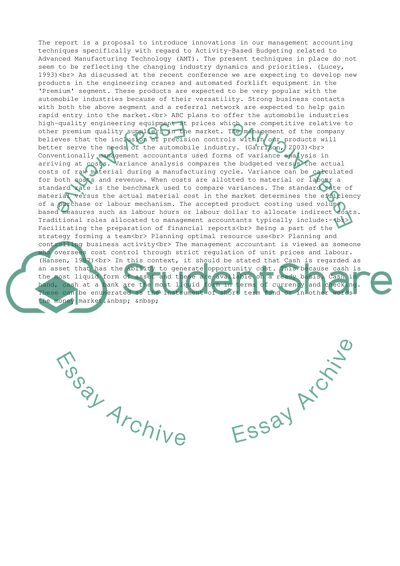Cite this document
(Traditional Management Accounting Techniques Assignment, n.d.)
Traditional Management Accounting Techniques Assignment. Retrieved from https://studentshare.org/management/1521496-management-accounting-master-assignment
Traditional Management Accounting Techniques Assignment. Retrieved from https://studentshare.org/management/1521496-management-accounting-master-assignment
(Traditional Management Accounting Techniques Assignment)
Traditional Management Accounting Techniques Assignment. https://studentshare.org/management/1521496-management-accounting-master-assignment.
Traditional Management Accounting Techniques Assignment. https://studentshare.org/management/1521496-management-accounting-master-assignment.
“Traditional Management Accounting Techniques Assignment”, n.d. https://studentshare.org/management/1521496-management-accounting-master-assignment.


